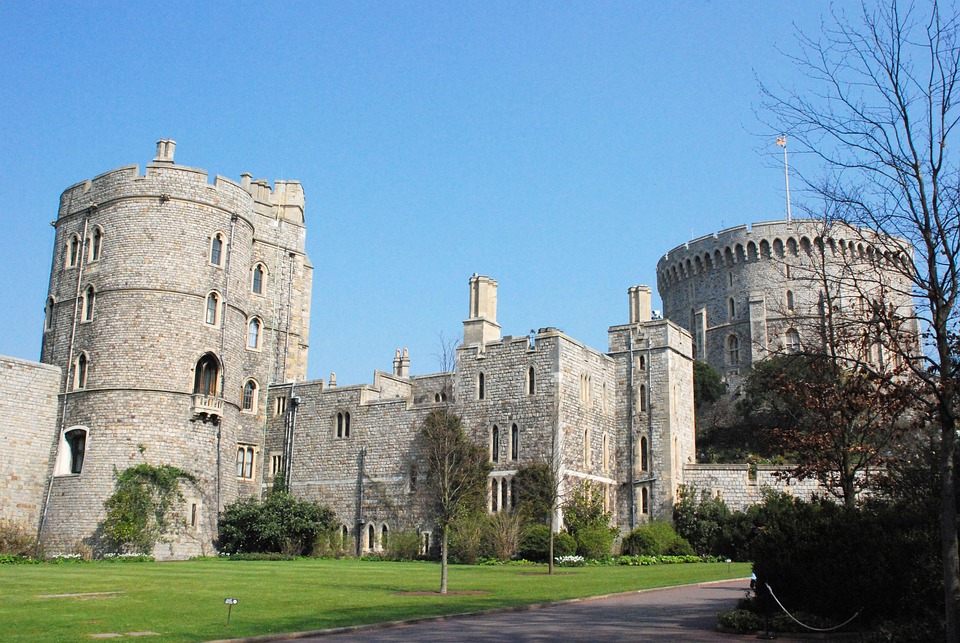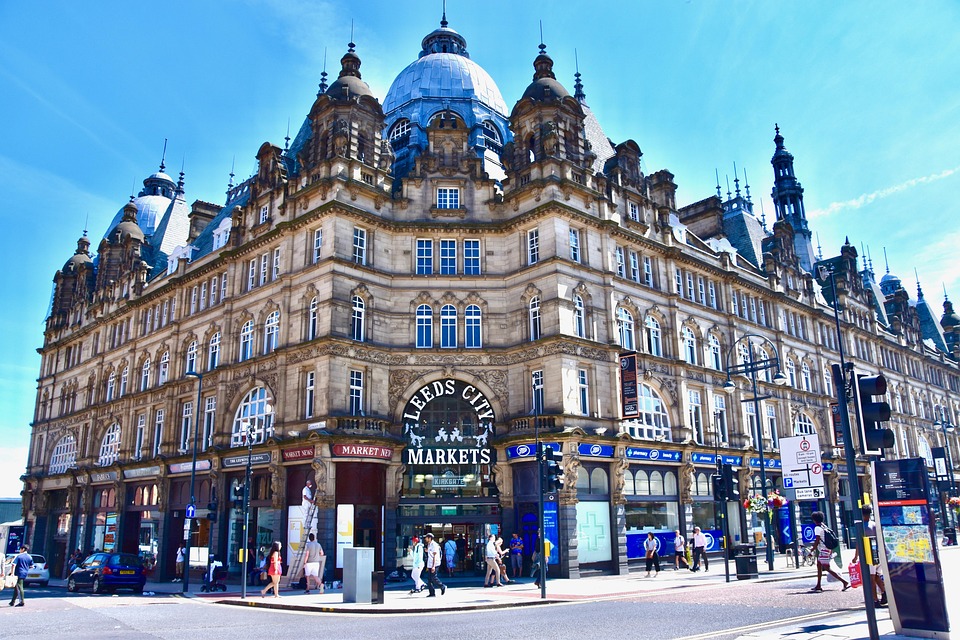
Adapting to Change: Practical Ways to Boost Your Manufacturing Business with Social Media
November 12, 2025
Local SEO: Steering Architectural Success in the Canadian Market
November 13, 2025Title: Immerse, Engage, Succeed: Virtual Reality’s Impact on UK Architecture Marketing
The emergence of virtual reality (VR) technology has injected a fresh fervour into the architecture industry, an industry illustriously known for blending aesthetics with engineering genius. Traditionally, architectural firms relied on intricate 2D models and verbose explanatory briefs to communicate their vision. However, in the colossal Royal Kingdom, where craftsmanship is venerated and time revered, a distinct need for showcasing excellence with speed and accuracy is paramount. Herein, we delve into how virtual reality is revolutionising architecture marketing in the UK, making ‘immersing, engaging, and succeeding’ no mere catchphrase, but a vivacious reality.
Firstly, VR provides immersive experiences that are real-as-life, positioning the client in the very heart of any proposed architecture. This unprecedented level of immersion opens new avenues for UK architecture firms to convey their design vision flawlessly. In this realm, clients can virtually move through lobbies, ascend staircases, or admire the cityscape from proposed balconies. It’s nigh on impossible for a two-dimensional drawing to compete with this level of interactivity.
Many UK firms such as Foster + Partners and Zaha Hadid Architects have already caught the VR bug, presenting their designs to clients in this innovative format. The results have indeed been quite sterling.
Secondly, engaging the client is imperative for any business, and VR technology inherently demands active participation. Architecture firms find VR an extremely powerful tool for engagement due to its interactive nature. Clients donning a VR headset are no longer mere spectators; they’re psychologically and emotionally part of the architectural plot. This interactive ‘show, don’t tell’ approach leads to enhanced client satisfaction and consequent approval rates.
In the innate British love for cricket, VR is akin to the hallowed “googly” – it’s unpredictable, engaging, and often leads to a winning wicket!
Lastly, success – a word that is auspiciously the by-product of seamless immersion and engaging interaction. By leveraging VR technology, British architects can effectively highlight the functionality, aesthetics, and foresight of their innovative designs, leading to swift approvals and speedy project initiations. It positively impacts lead time, market differentiation, and company reputation, prerequisites of any successful business enterprise.
The Royal Institute of British Architects (RIBA) has even released a report acknowledging the rising role of VR in architectural practices. It succinctly states, “As the technology develops, so too does the opportunity to utilise Virtual Reality to greatly enhance architectural design.”
Virtual reality, hence, is not a mere wave of modernisation blessingly washing the shores of UK architecture marketing. It’s a tidal surge – an inevitable, robust, and imperative shift that stands to redefine how architectural firms in the UK engage with clients and market their designs.
So, if you belong to a British firm, be sure to get stuck in, don VR headsets, and elevate your client interactions from a simple chinwag to an immersive, engaging, and successful virtual exploration. Cheers to future-proofing and beyond!
Case Study: VR Endowed Smith and Co with A Superior Edge
In the competitive market of UK’s contemporary architecture industry, Smith and Co, a mid-range architectural firm experienced a phenomenal surge in business, thanks to the strategic deployment of Virtual Reality (VR). Their strategy encapsulates the core message of our article – immerse, engage, succeed.
Smith and Co were facing a huge challenge; despite possessing innovative designs and cutting-edge architectural capabilities, they were unable to compete effectively with larger, more recognized firms. To enhance their marketing efforts, they took a leap of technological faith and incorporated VR into their operations, transforming how they presented their architectural designs.
Phase 1: VR Immersion
The initial phase centred on creating immersive VR environments to showcase their architectural designs. The team collaborated with a leading VR tech firm, ensuring their designs were vividly replicated in virtual worlds. Clients donned VR headsets to explore these envisioned spaces in 3D, allowing them to experience the architectural nuances up-close.
Application: Investing in a VR-enhancing tech partnership, firms can offer a unique, immersive experience. This not just affords the customers a life-like visualization of their project, but it also differentiates your firm from others relying on traditional methods of presentation.
Phase 2: Engaging Clients
Once clients were immersed in VR-enabled presentations, Smith and Co strategically leveraged this novelty to engage their clients better. They established interactive sessions where clients could modify designs real-time in the VR environment with architects providing immediate feedback. This enhanced collaboration and customer involvement, elevating the firm’s value proposition.
Application: With VR, architects can stand side by side with their clients in the same virtual environment, facilitating better communication and immediate amendments. This delivers a more tailor-made, interactive service, improving customer satisfaction and engagement.
Phase 3: Achieving Success
The immersive and engaging VR experience played a major role in skyrocketing Smith and Co’s success. The firm reported a 35% increase in project acquisitions and a 40% improvement in customer satisfaction. They also experienced a notable elevation in their brand image and recognition in the UK architecture market.
Application: Allowing clients to visualize their projects before they materialize, VR brings about increased customer trust, satisfaction, and eventually, market success. It isn’t just a tech investment, but a strategic decision paving the path for greater brand recognition and business growth.
Smith and Co’s case study acts as an eye-opener for how VR can redefine architectural marketing. To emulate this success, firms should:
1. Partner with tech firms to introduce VR capabilities.
2. Introduce interactive VR presentations to enhance client engagement.
3. Continually communicate their unique VR experience as part of their branding.
With VR, architectural firms have the power to break free from traditional boundaries, deliver a client experience that goes above and beyond expectations, and thereby carve their success in the competitive market.
“Experience the transformation of UK architecture marketing through our innovative virtual reality solutions! Elevate your plans from paper to immersive 3D models. Don’t wait – Dip into the future of architecture with us today. Click Here!”
“According to a study conducted by Goldman Sachs, the market for VR in real estate, which includes architecture, could reach $2.6 billion by 2025. This proves how integral virtual reality technology is becoming in industries such as architecture marketing in the UK, enabling architects to provide more immersive, interactive and visually-engaging presentations and simulations to their clients.”





